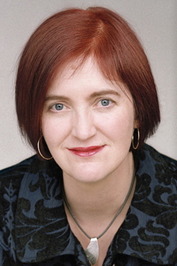Book Review: A Darker Shade of Magic
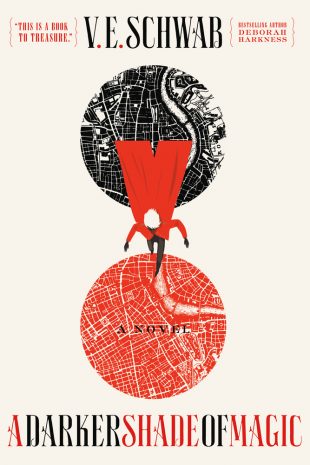 A Darker Shade of Magic (Shades of Magic, #1) by V.E. Schwab, Victoria Schwab
A Darker Shade of Magic (Shades of Magic, #1) by V.E. Schwab, Victoria Schwab Also by this author: A Gathering of Shadows (Shades of Magic, #2), A Conjuring of Light, This Savage Song

Series: Shades of Magic #1
Published by Tor Books on February 24th 2015
Genres: Fantasy
Pages: 400
Also in this series: A Conjuring of Light
Amazon
Goodreads
Goodreads Synopsis: Kell is one of the last Antari, a rare magician who can travel between parallel worlds: hopping from Grey London — dirty, boring, lacking magic, and ruled by mad King George — to Red London — where life and magic are revered, and the Maresh Dynasty presides over a flourishing empire — to White London — ruled by whoever has murdered their way to the throne, where people fight to control magic, and the magic fights back — and back, but never Black London, because traveling to Black London is forbidden and no one speaks of it now.
Officially, Kell is the personal ambassador and adopted Prince of Red London, carrying the monthly correspondences between the royals of each London. Unofficially, Kell smuggles for those willing to pay for even a glimpse of a world they’ll never see, and it is this dangerous hobby that sets him up for accidental treason. Fleeing into Grey London, Kell runs afoul of Delilah Bard, a cut-purse with lofty aspirations. She robs him, saves him from a dangerous enemy, then forces him to take her with him for her proper adventure.
But perilous magic is afoot, and treachery lurks at every turn. To save both his London and the others, Kell and Lila will first need to stay alive — a feat trickier than they hoped.
My Review:
What an entertaining read! Thanks so much to Stephanie at Chasm of Books for hosting the giveaway in which I won this book. I wasn’t sure what to expect going in since I had never read anything by V.E. Schwab, but I thoroughly enjoyed A Darker Shade of Magic. It contains all of the perfect ingredients for a fabulous fantasy read – immensely likeable protagonists, completely detestable antagonists, epic world building, magic that apparently has a life of its own, dangerous adventures and action-packed fight scenes, and just to make sure there’s something for everyone, even a little love story thrown in for good measure.
What I Loved about A Darker Shade of Magic:
The Many Sided Coat – It might sound silly, but that coat is seriously an effective attention grabber! Schwab captivated me immediately when she opens her novel by describing Kell and his mysterious coat of seemingly endless sides. Watching Kell manipulate the fabric and transform it into basically an entire new garment, my brain immediately kicked into high gear and I had questions that I wanted answers to. How can one coat be folded and refolded like origami into whatever style Kell requires at the moment? Why would Kell need such a coat? So, yes, silly as it may sound, the coat is what initially hooked me on this story. Bravo to the coat!
Kell – Kell is pretty much impossible not to like. He is charming and quirky and because he is also one of the last of his kind, the Antari, I immediately felt protective of him. He is also one of the most intriguing characters in the novel because of his unique ability to use his blood to create doors between worlds and travel through them. I also have no idea why, but every time I read about Kell, in my mind, he looks like Peter Pan, haha.
Lila – Lila is my spirit animal! Seriously, she is, without a doubt, my favorite character in ADSOM. How can you not love a young lady who is currently a thief but aspires to be a pirate? Lila is fiercely independent, brave, savvy, headstrong, dying for some adventure in her life, and just an all-around fabulous character.
The 4 Londons – I loved how Schwab takes a familiar setting like London, with all of its iconic landmarks, and uses it to build such a unique fantasy world. Instead of just one London, there are four of them, all existing simultaneously but on separate planes and each with different rulers and a different way of life. Red London is Kell’s world, a world where magic is respected, while Gray London is Lila’s world, a world where magic has been forgotten. White London is a dangerous world where monarchs murder their way to the top and where people fight to control magic. And finally, there is Black London, a world that is now forbidden because of something that went tragically wrong with magic there. Schwab lays them out geographically so that one travels from Gray to Red to White and then lies the forbidden Black.
Even though the Londons exist independently of one another now, they were once much more connected and even now, there is still communication between the Red, White, and Gray Londons, with the Antari serving as messengers since they can still move between the worlds. What we learn as we watch Kell travel from one to the other is that there is bad blood between Red and White Londons that stems from the trouble in Black London. When the trouble in Black London started to spread, rather than banding together with White London to fight it, Red chose to close itself off, leaving White to fend for itself. White London therefore maintains hostility towards Red, and so this bad blood is a contributing factor in the overall conflict of the novel.
I think Schwab does a fantastic job of weaving together these four separate Londons into a complex and intricate fantasy world. I haven’t been reading fantasy novels for long, but this is definitely one of the most interesting worlds I’ve encountered thus far in my reading adventures.
Living Magic – The dark magic, a black stone that has somehow been removed from Black London and brought to the other Londons, is seriously one of the coolest parts of the story. It creeps and slithers around, and behaves like a parasite looking for a host. It literally seeks out bodies to take over and then uses them up until they are nothing but ash. Just thinking about it made my skin crawl. It was so creepy, and yet, so fascinating to watch! I also liked that the stone acted like a siren, trying to seduce everyone who came into contact with it. Even Kell, as powerful as he is in his own right, has a difficult time fighting against the stone’s allure.
Themes – Loyalty and Sacrifice: These are two themes that really appealed to me as I read this story. I loved how Kell was willing to sacrifice himself, if necessary, to get the stone back to Black London where it could do no harm. I also thought it said a lot about Kell that he was willing to do whatever it took to save Rhy, who he loves like a brother. Lila also comes to embody loyalty and sacrifice as well when she repeatedly puts herself in harm’s way trying to help Kell.
Relationship between Kell and Lila – I got the distinct vibe that Kell and Lila could be moving in a romantic direction as we continue through the series, but I really liked that it was subtly presented in this first book and not at all a distraction from all of the epic action and adventures that were the story’s central focus. Romantically involved or not, Kell and Lila make a pretty amazing team and I’m looking forward to reading more of their adventures together.
Anything I Didn’t Love?
Pacing? – I can’t even really call it a dislike, but the pace of the early chapters was a bit slow for me. It makes sense in that Schwab is explaining the concept of the 4 Londons and how they relate to each, as well as introduce all of the story’s major players, but I still struggled a few times because I really wanted to get to the action. I will say though to anyone who starts reading and feels the same way – stick with it! The payoff is so worth it! Think of it like a roller coaster where you’re slowing climbing that first huge hill and then you go over the top and WHHHEEEEEEEEEEEEEEE! It’s like that
Would I recommend this book?
Without hesitation! I think people new to fantasy would love it, as well as anyone who is already a fantasy fan. It’s just a hugely entertaining read!
Rating: A strong 4 stars!

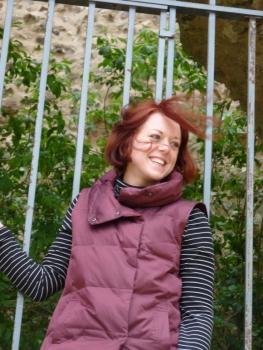
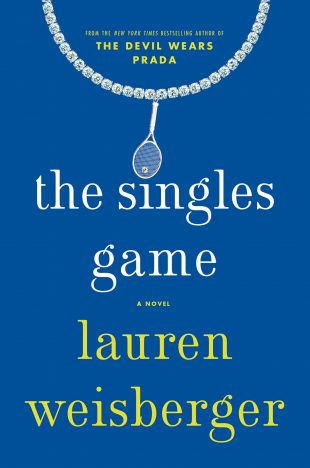 The Singles Game by
The Singles Game by 
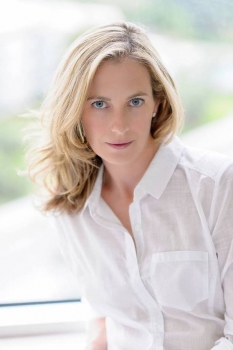
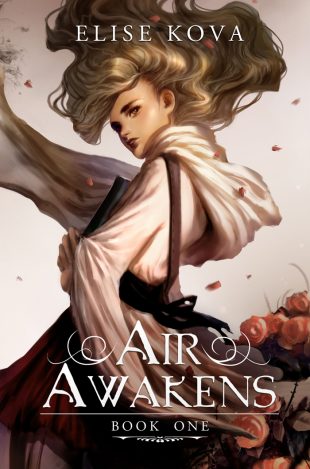 Air Awakens (Air Awakens, #1) by
Air Awakens (Air Awakens, #1) by 
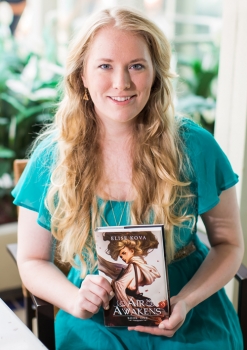
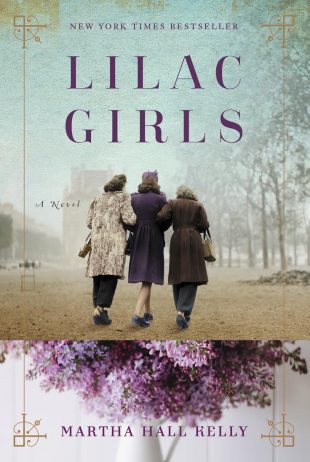 Lilac Girls by
Lilac Girls by 

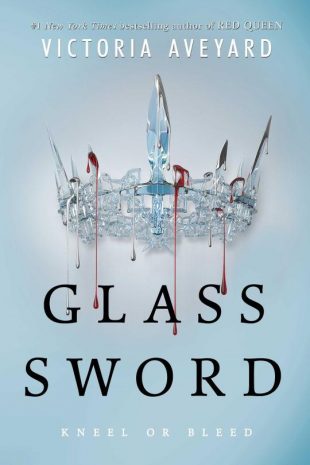 Glass Sword by
Glass Sword by 
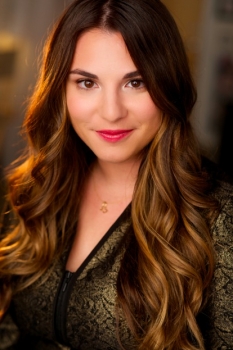
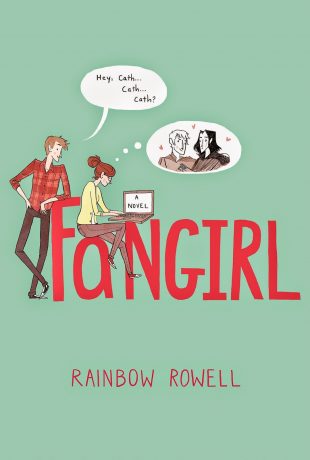 Fangirl by
Fangirl by 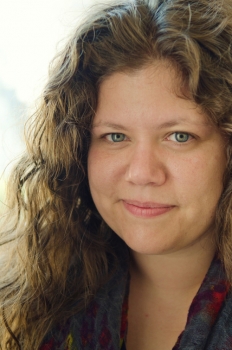
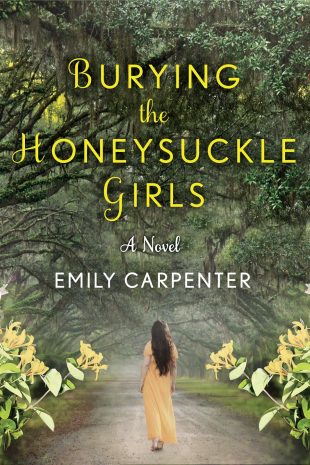 Burying the Honeysuckle Girls by
Burying the Honeysuckle Girls by 
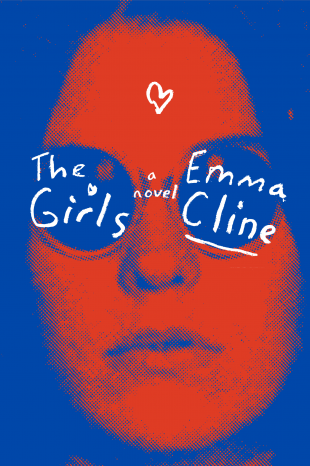 The Girls by
The Girls by 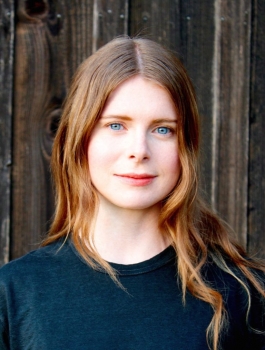
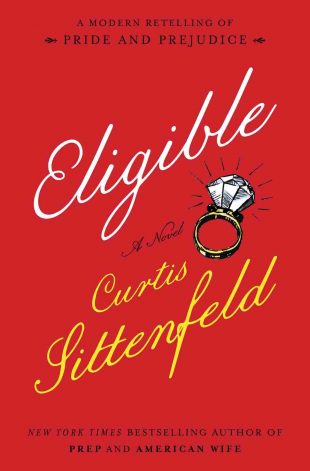 Eligible: A Modern Retelling of Pride and Prejudice by
Eligible: A Modern Retelling of Pride and Prejudice by 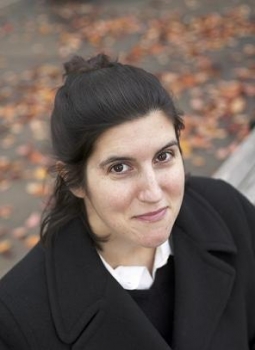
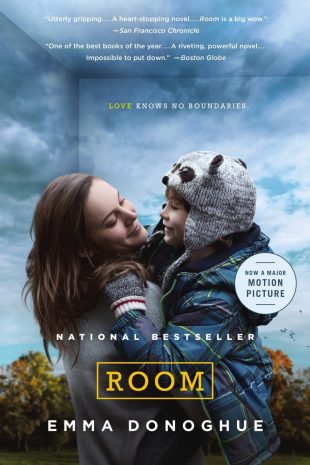 Room by
Room by 